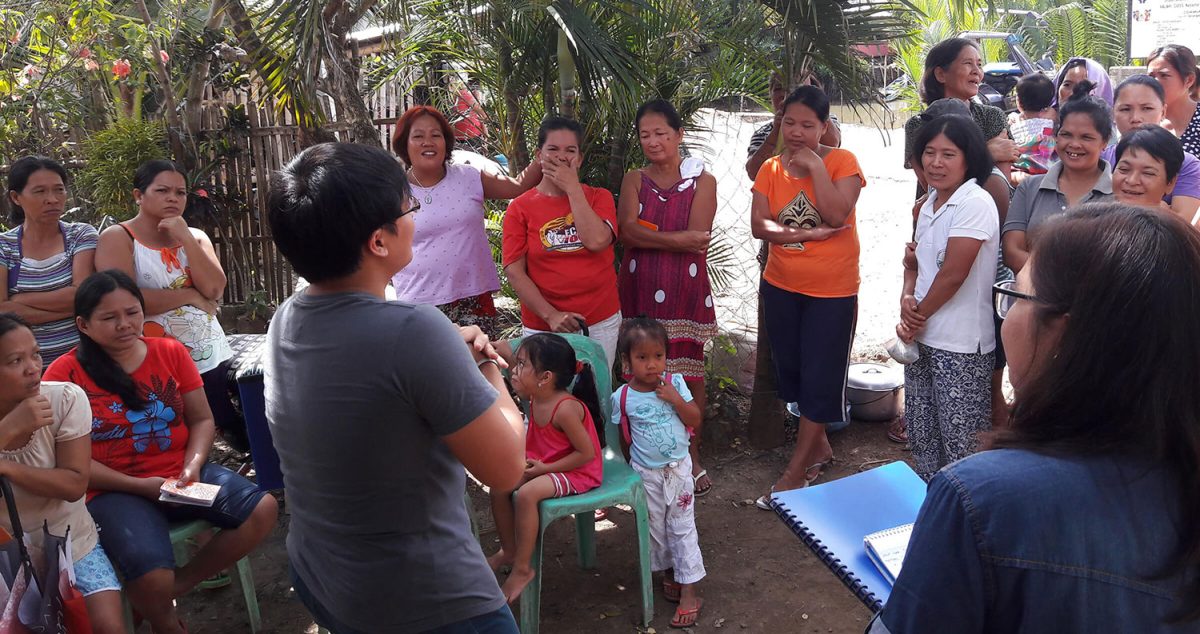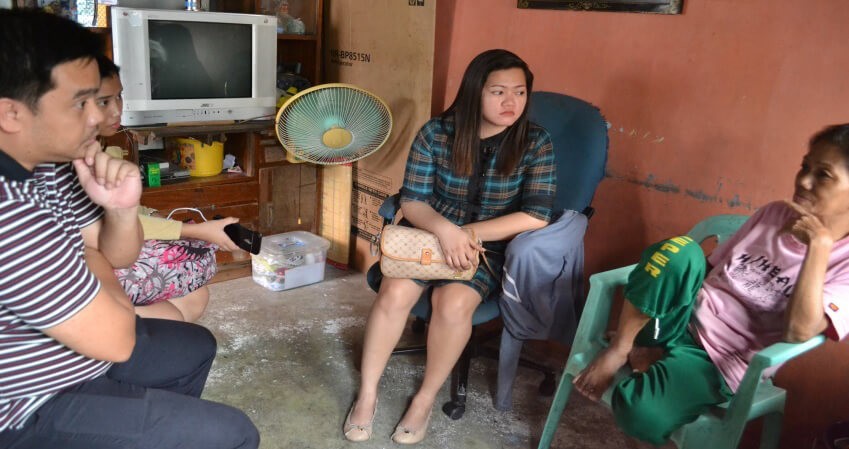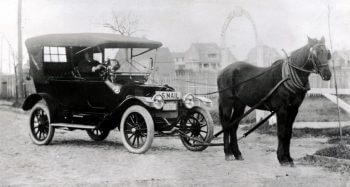Discover Your Customers: Leave The Building

As discussed in previous posts, a flexible business model and the concept of customer centricity are both fundamental to the success of any microinsurance business.
But to put these concepts into practice requires leaving the office! To be truly focused on customer development, we need to get out of the building. Only then will we be able to discover the real needs of customers and craft solutions that resonate with our target audience.
The underlying problem of failed microinsurance products
Over the past decade, I’ve witnessed many smart and innovative microinsurance products that have failed to take off.
This is a shame. Many of these products were designed with the best of intentions and had the potential to reduce the risks of low-income people.
The failures occurred for many reasons: not adapting pricing correctly; the lack of a distribution channel to connect with the target audience; and products that were too complicated for customers to understand.
The underlying problem, though, was often the same: these products were designed from behind a desk and not initiated from customer needs – nor carefully put to the test in the market before being launched.
Discovering the insights to create better products

Microinsurance is about building innovative insurance solutions to meet the needs of low-income people.
One of the challenges for many insurers is that low-income people are mostly an unknown customer segment. The usual focus is on a middle- or high-income target audience.
So crafting microinsurance products has often relied heavily on assumptions. That’s no more than ‘educated guesses’ about customer needs, their ability to pay, and also about distribution partners.
There is no point wasting your time and resources developing a product that nobody wants. The insights you need are out there and waiting for you to find them. To do so, you need to get out of your building!
Creating more than a faster horse...

Henry Ford famously said “If I had asked people what they wanted, they would have said faster horses.”
The same might be said for microinsurance: asking emerging consumers about their insurance needs will not deliver the insights you are looking for.
For many low-income people, insurance is a fairly unknown concept. Of course, you cannot expect people to be able to come up with innovative solutions for something that they don’t know exists.
A much better entry point would be to understand the risks that poor people face. This can be done through interviews and, more importantly, observing people’s behaviour.
Human Centered Design, a methodology designed to build solutions from people’s problems, calls this the inspiration phase. From here, you can develop product ideas that can be tested and improved through iteration of prototypes or minimum viable products.
Your first assumptions will almost certainly be put to the test – and not all will survive contact with your target audience.
But this will lead to changes in your product ideas and improvements to distribution and pricing options; then another round of changes…and another.
Through this process of gradual improvement, you will end up with a solution tailored for your audience; and ultimately a perfect product-market fit.
That’s where the business model canvas that I introduced in my previous post becomes a valuable tool to keep track of the changes and pivots in product design.
A working model of customer discovery...
Building insurance solutions by understanding customer needs and through rapid iteration of prototype updates will make success more likely and will certainly be more inspiring than drafting products from behind a desk.
The video above shows customer discovery at work for MicroEnsure in Kenya.
Participants of the upcoming Microinsurance Master programme will experience customer development first-hand and learn from Pioneer Microinsurance about what has worked well in their customer development journey.
You can register for participation here.
